This post may contain affiliate links. That means if you click on a link and make a purchase, I may make a small commission at no additional cost to you. Thank you for your support!
Saffron, known as the “golden spice,” is a highly prized ingredient in cooking. Derived from the Crocus sativus flower or saffron crocus, saffron has a rich history and a distinct and haunting flavor, color, and aroma. It has been used for centuries in various cuisines around the world, adding luxury and sophistication to dishes. But considering that saffron is worth its weight in gold (no, not literally, but it is EXPENSIVE), cooking with it can be more than a little intimidating!
But there is no need to fear saffron! It’s surprisingly easy to use and a tiny bit goes a long way! So let’s dive in! We are going to explore saffron’s origins and uses and chat about why it is so darn expensive. To start with, how about a super quick answer to the question, “How do I use saffron?”
To use saffron, in most cases, you will gently crumble a few threads into whatever cooking liquid you are using for your recipe, then add the liquid, threads and all, into the dish while cooking or baking. That’s it! Before long you should see the beautiful golden color spread throughout your dish and smell the wonderful aroma filling your kitchen.
Let’s delve a little deeper…
What is Saffron?
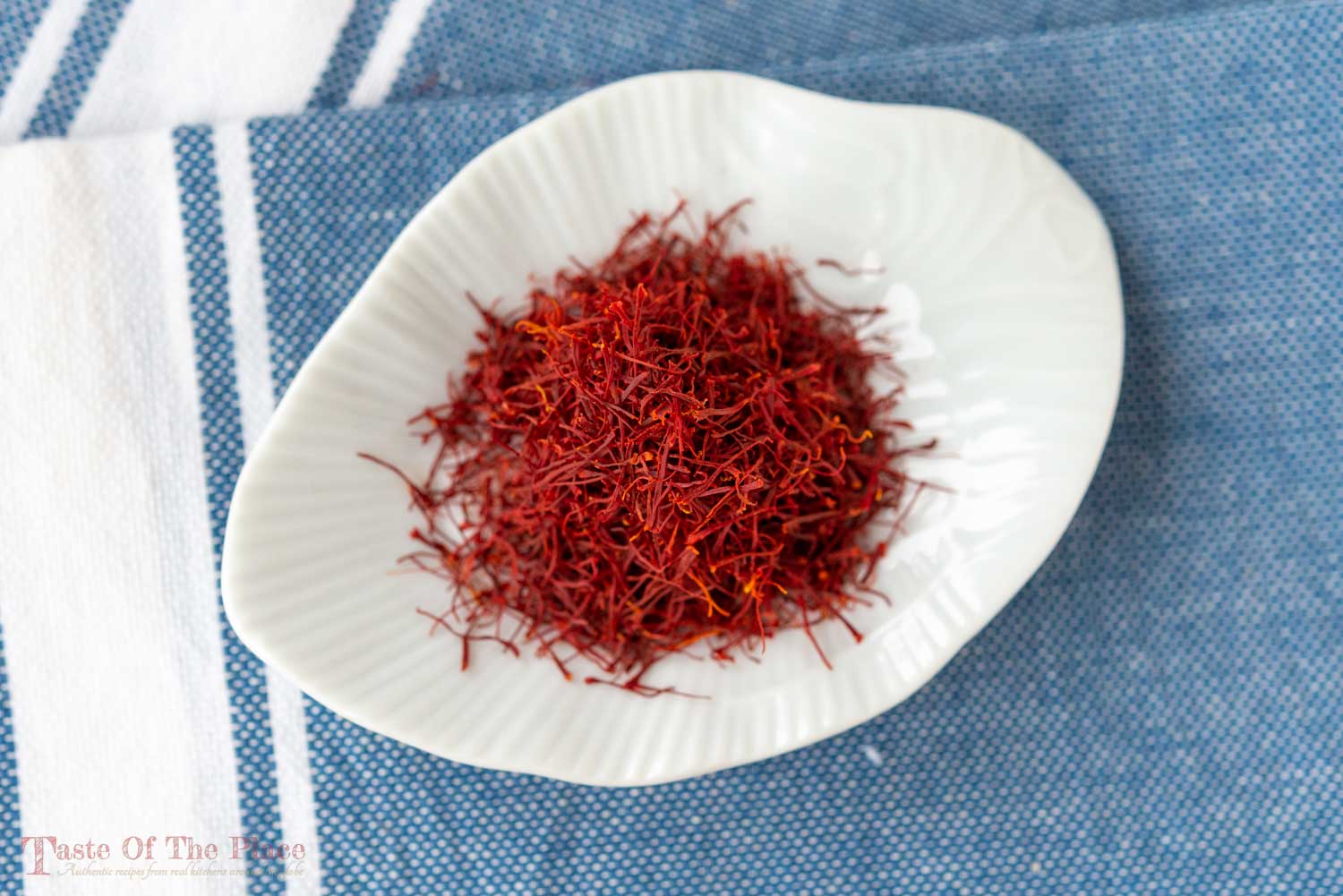
Saffron is a spice that has been prized for centuries for its unique flavor, color, and aroma. It is produced by carefully drying the stigmas, which are the female reproductive parts of the saffron crocus flower. These dried stigmas, often referred to as threads, have a deep red color and are used to add a golden hue to various dishes.
What makes saffron truly special, though, is its flavor and aroma. Its slightly floral and earthy taste is complemented by hints of honey and hay, and its scent is both floral and slightly sweet. In fact, simply opening a jar of saffron can fill a kitchen with its captivating fragrance.
These characteristics make saffron a valuable addition to many cuisines around the world. It is used in everything from rice dishes and soups to desserts and teas. And while it can be expensive due to the labor-intensive process of harvesting and drying the stigmas, a little bit of saffron goes a long way in terms of flavor and color.
Is saffron an herb or a spice?
Saffron, derived from the flower of the saffron crocus or crocus sativus, is a spice, and not an herb. Generally speaking, herbs are the edible and aromatic leaves of non-woody plants, while spices are derived from the roots, flowers, fruits, seeds, or bark.
How to use saffron
While saffron has other applications, it is most often used in cooking. Cooking with saffron is a simple and straightforward process that adds a unique flavor and vibrant color to dishes. To fully extract the flavor and color of saffron, it is often steeped in warm liquid, such as milk or stock, or melted butter before being added to recipes. This process, known as blooming, allows the aromatic compounds and hues of saffron to infuse into the dish. If the recipe involves a lot of liquid, like rice or risotto, the saffron can be added directly to the dish early in the cooking process.
In some cases, toasting saffron may be called for. This can be done in a dry skillet or by wrapping the saffron in foil before toasting. It’s important to keep the temperature low and toast the saffron for only a few seconds, no more than about 30 seconds.
When it comes to the amount of saffron to use, most recipes provide specific instructions. However, if the recipe is vague, there are some general guidelines to follow. A pinch of saffron threads is usually enough for a recipe serving 6 to 8 people. A pinch refers to a small bunch of threads that can be easily pinched between your fingers. According to Savory Spice, a pinch is approximately 20 threads, and 2 to 3 threads of saffron are suitable for each serving. It’s important not to use too much saffron as its powerful flavor can overpower the dish and make it bitter.
Cooking with saffron is a delightful way to enhance the taste and appearance of your dishes, and with these simple guidelines, you can confidently incorporate saffron into your culinary creations.
A few saffron recipes to try
Harira – a vegetarian version of the famous Moroccan soup
Harira, considered the national soup of Morocco, is a healthy, yet satisfying, combination of tomatoes, chickpeas, lentils, and pasta. This vegetarian version is generously seasoned with aromatic flavors like saffron, turmeric, and fresh cilantro, and will leave your kitchen scented with the magical aromas of Morocco.
Other common dishes that use saffron
Saffron is a versatile spice that can elevate both savory and sweet dishes. In savory recipes, saffron is commonly used in paella, biryani, and risotto to add a rich golden color and a distinct flavor. For sweet treats, saffron is often found in desserts like saffron-infused ice cream, saffron rice pudding, and saffron-flavored cakes.
History of saffron
Originating from the Mediterranean region, saffron has a rich history that spans thousands of years. It has been cultivated and cherished for its unique qualities and has played a significant role in various cultures and cuisines.
Historically, saffron was grown in regions such as Greece, Iran, and Spain, where the climate and soil conditions were favorable for its cultivation. These regions became known for their high-quality saffron production, and saffron became an integral part of their culinary traditions.
In ancient times, saffron was highly valued for its medicinal properties and was used in traditional medicine to treat various ailments. It was also used as a dye for textiles and as a fragrance in perfumes and cosmetics.
In modern times, saffron continues to be cultivated in these traditional regions, as well as in other parts of the world such as India and Kashmir. Its labor-intensive cultivation process, which involves hand-picking the delicate stigmas from the flowers, contributes to its high cost.
Saffron is used in a wide range of dishes, both sweet and savory, and is particularly popular in Middle Eastern, Indian, and Mediterranean cuisines.
Why is saffron so expensive?
Saffron is considered one of the most expensive spices in the world. At the time of writing (December 2023), a 14-gram jar of full-thread Greek saffron at Costco costs about $80. That comes out to $2560 per pound! Wow!
But saffron has a high price for good reason. Firstly, saffron cultivation is labor-intensive and time-consuming. Each saffron flower produces only three stigmas, which must be hand-picked. It takes around 75,000 flowers to yield just one pound of saffron. Additionally, saffron requires specific growing conditions, which limits its cultivation to certain regions. Lastly, the unique flavor, vibrant color, and haunting aroma of saffron make it highly sought after, further driving up its price. Despite its cost, saffron’s distinct qualities make it a valuable and cherished ingredient in many cuisines.
Where to buy saffron
One of my go-to places for purchasing spices is the Savory Spice Shop. It’s important to always buy spices from a reputable supplier with quick turnover to ensure freshness. In my experience, online specialty spice shops are a better option than local spice suppliers since many local shops can’t turn over their inventory fast enough. If you’re spending a lot of money on a small jar of spice, you want to make sure it’s as fresh as possible.

How should I store saffron?
To maintain freshness, saffron should be stored in an airtight container away from light and heat. Exposure to these elements can degrade the quality of saffron and diminish its flavor and color. It is best to keep saffron in a cool, dark place, such as a pantry or closed spice cabinet.
Saffron substitutes
Saffron is a popular spice often used in a variety of dishes. However, it can be quite expensive. Luckily, there are some cost-effective substitutes that can replicate the color and flavor of saffron. Turmeric, known for its vibrant yellow color, can be used as a substitute in savory dishes, providing a similar hue. Both safflower and annatto are sometimes called “poor man’s saffron,” as they impart a yellow color and subtle nutty taste. Cardamom is an unusual substitute in sweet dishes – while it doesn’t impart the golden color, its distinct herbal, almost minty flavor and aroma complement saffron well and provides a wonderful alternative in desserts when saffron isn’t available.
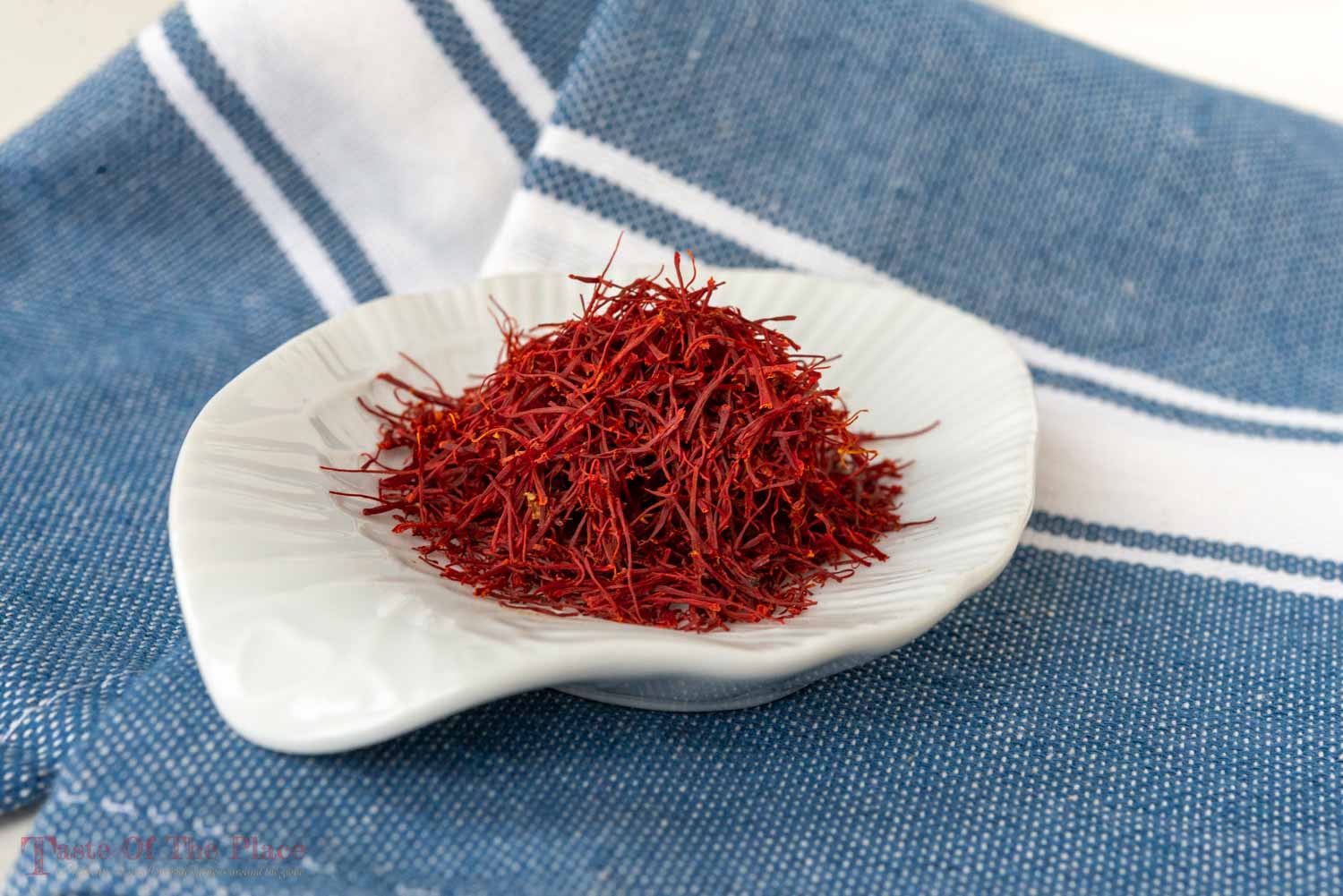
Saffron, the world’s most expensive spice, is a versatile ingredient that adds a unique flavor and vibrant color to both savory and sweet dishes. From its rich history to its culinary uses, saffron has captivated people for centuries. Whether you’re a seasoned chef or an adventurous home cook, incorporating saffron into your recipes can elevate them to a whole new level. So, next time you’re looking to add a touch of luxury to your cooking, don’t be intimidated to reach for the saffron!
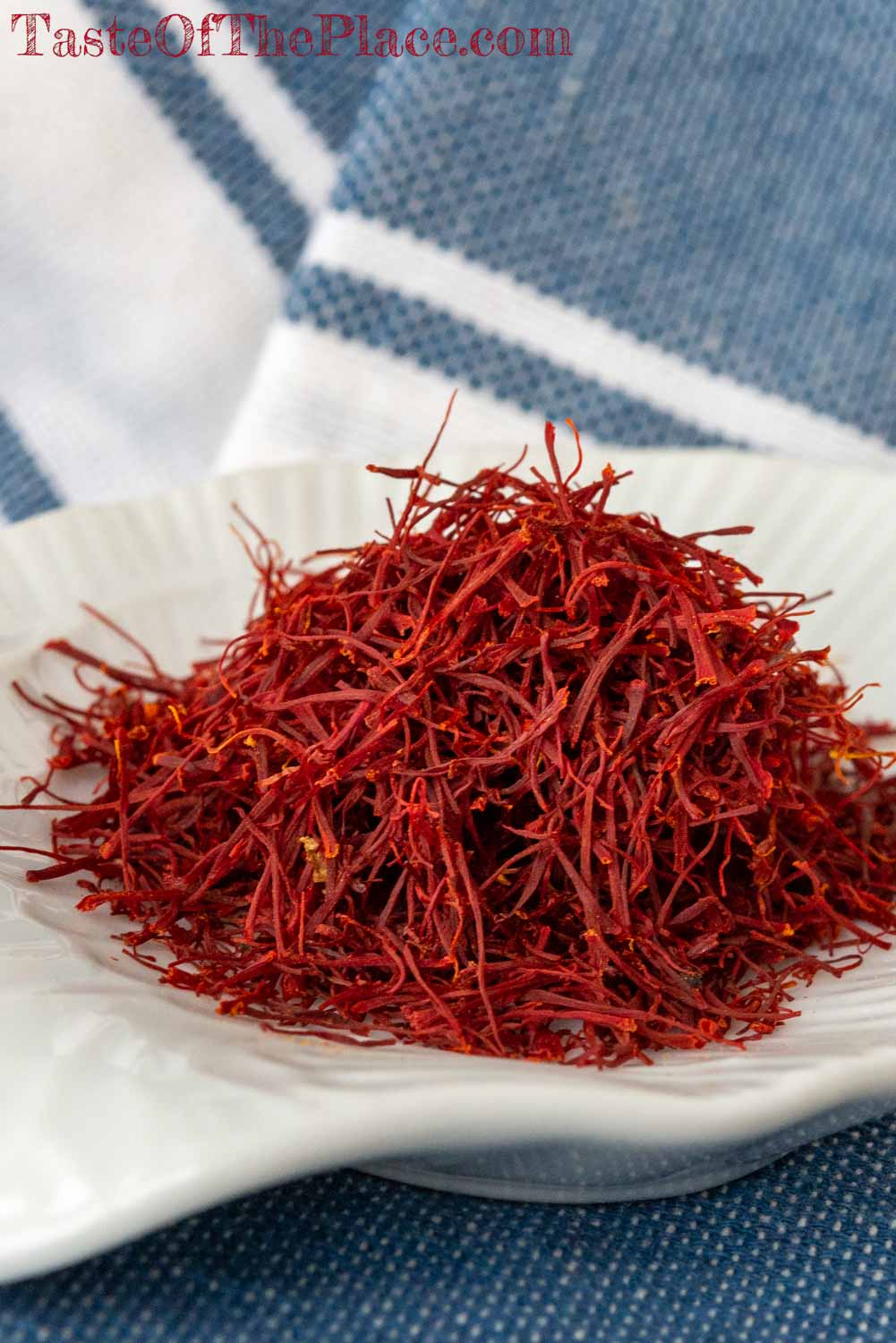
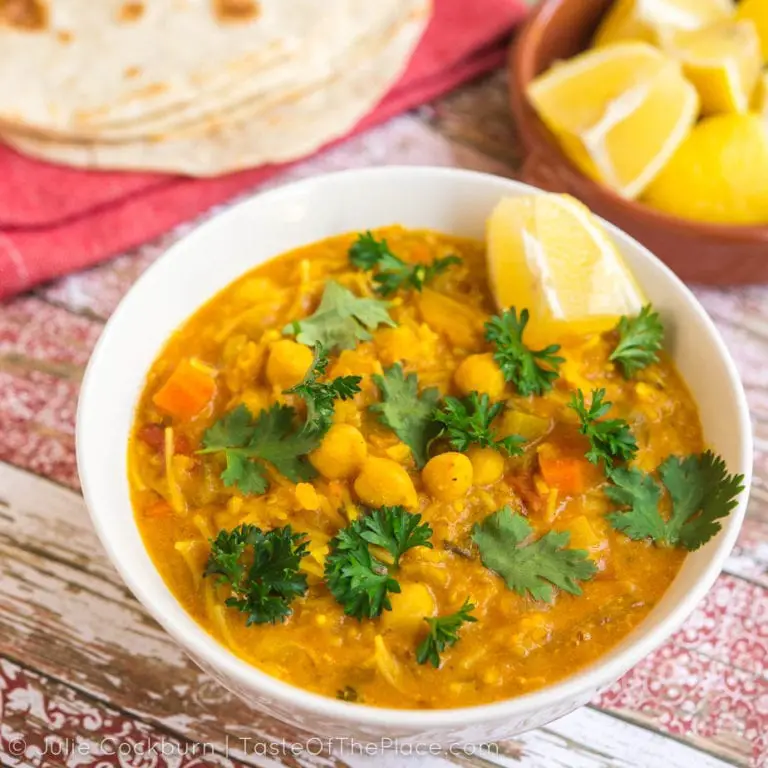
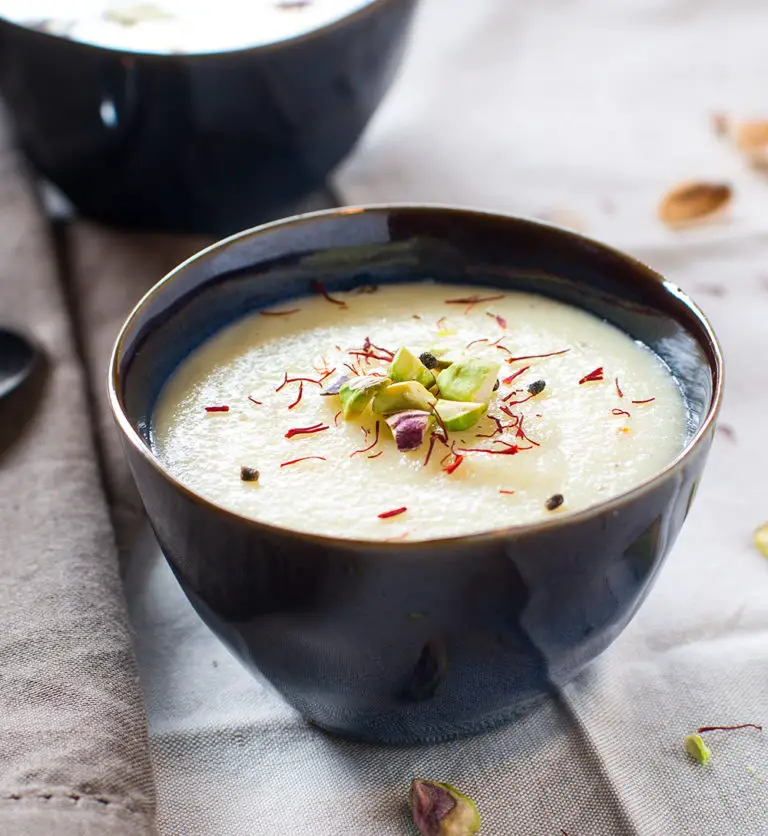
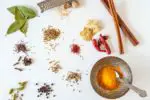
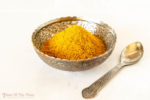
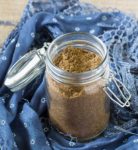

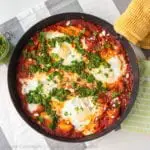
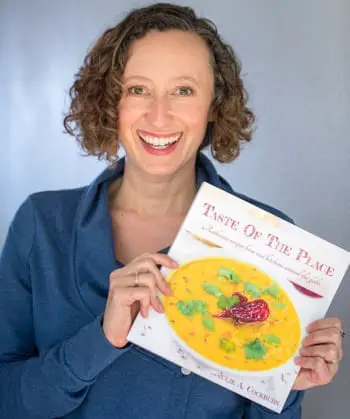





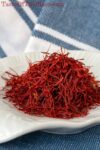
Leave a Reply